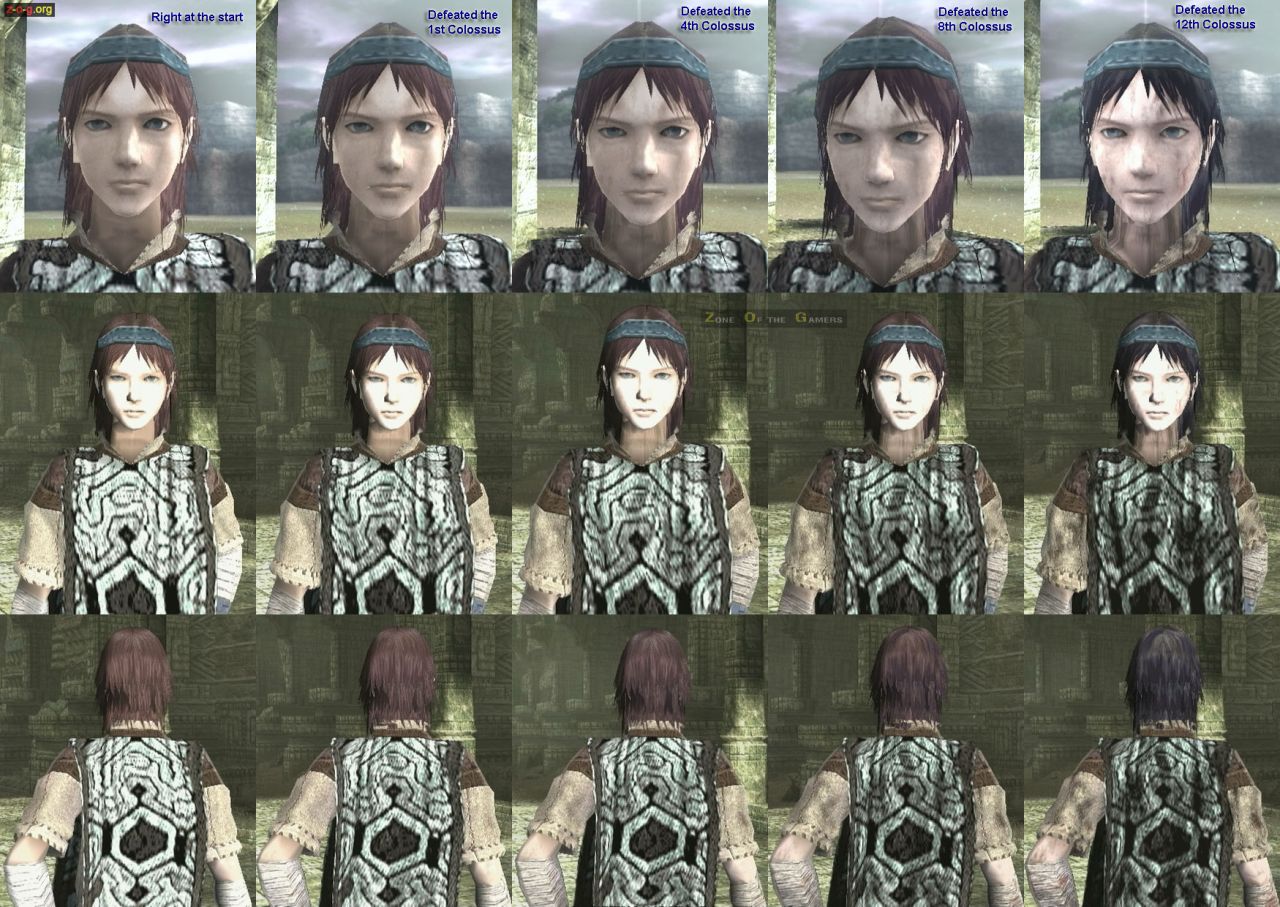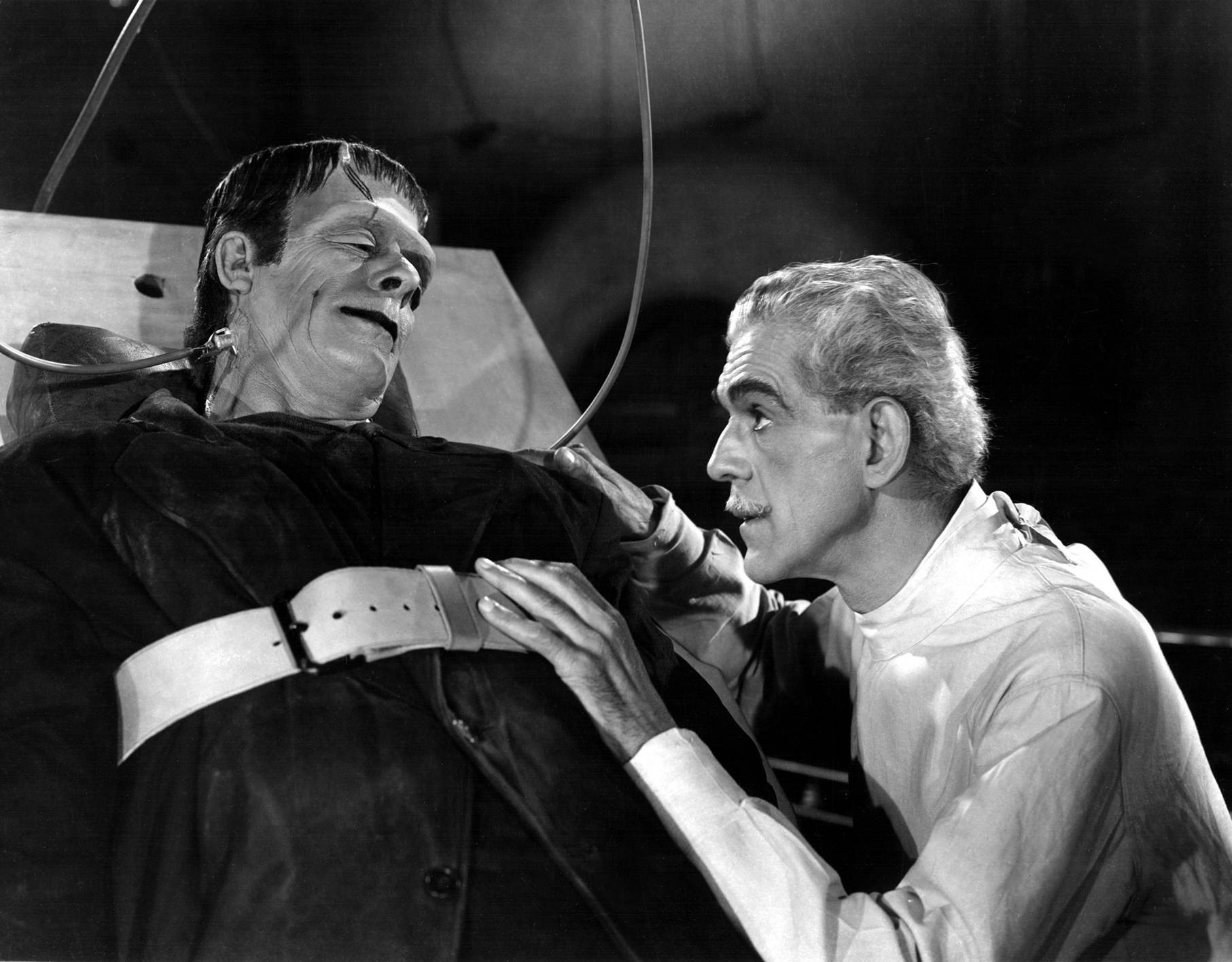Alice's Adventures in Wonderland:
Written in 1865 by Lewis Carroll, '
Alice's Adventures in Wonderland' challenged what was deemed as "normal" in culture as it saw a young girl travel to a bizarre world filled with oddities and a blend of strange people that were seemingly unexplainably and defied all logic. The story has seen many adaptations most prominently in film such as Disney's animated version,
Alice in Wonderland, in 1951 and the live action retelling and continuation of the story by Tim Burton in 2010. Because film is a visual medium, the strange things that Alice sees on her adventure can be conveyed easily and allows the creator to have some freedom with how they interpret Lewis Carroll's writings. This explains why the two films are so different from each other with Disney's being a bright and colourful travelling film and Tim Burton's being a dark and gritty action film. Because
'Alice's Adventures in Wonderland' was so bizarre, it really can reach out to many medium be it music, art or even advertisements.
Bluebeard:
Another tale by Charles Perrault,
'Bluebeard' featured three distinct elements that stand out. The idea of having a secret chamber, the exploration of curiosity and the use of keys. The story is a shocking tale about a serial killer who keeps the remains of his victims behind a secret door and gives the key to his next victim with a vow not to open the door to see if she caves into her curiosity. Ultimately she does however she is saved before Bluebeard has a chance to murder her.

Just like The Big Bad Wolf, Bluebeard appears in Bill Willingham's comic 'Fables' and the video game prequel 'The Wolf Among Us' where, like the wolf, he is played differently. In the comics he is a straight up villain hiding behind a facade of helping the community when actually he plans to kill the wolf and Snow White before being killed by Prince Charming. In 'The Wolf Among Us', while he does have a position of power, he still comes off as abrasive and authoritative which can tie into how he is characterised in the original story as he manages to win over women in order to kill them.
The Other:
A common trope applied to monsters in fiction is the idea of difference. Monstrous difference stems from areas such as culture, politics, race, economy or sexual activity and people's intolerance can drive propaganda against a certain group. For example, the treatment of the Jews during World War II caused a misinterpretation of their culture and a spread of xenophobia. The Nazis went out of their way in order to dehumanise them. Another example would be the native americans who were deemed savages because of their culture by Europe so that they could expand to the west with no regard for their land or way of life.
A difference in political opinion can cause monstrous representation in culture such as how history remembers Richard III as being physically deformed and monstrous a swell as being a hypocrite. William Shakespeare's play about him didn't help matters as this is where the physical deformity were exemplified as well as playing him as a machiavellian villain.
Monsters:
Monsters have had a very presence in popular culture and it's important to note the strong variety that exist. It is entirely possible to categorise them as follows:
1. Story telling
This is the traditional style of monster. They can derive from fairy tales, myths and folk lore and are made to act as binary opposites to the protagonists. This is normally seen as the basis for most other monsters and has had influence on many forms of art and media spanning across them such as novels, films or video games. Examples include the classic monsters from the works of Brothers Grimm and Charles Perrault which have seen adaptation into films, songs, art, video games and many other forms of creative mediums.
2. Metamorphosis/The Body/Body Horror
An act of 'body horror' is when the human body physically changes into a form of a monster. The most common example of this would be werewolves which see humans transform into, depending on the source material, an anthropomorphic wolf or a feral wolf. He see this happen in popular culture for both protagonists and antagonists. Protagonists change in order for them to come to terms with their inner selves and have an obstacle to tackle. An example would be The Incredible Hulk who is constantly having an inner battle between his human self, Bruce Banner, and his monstrous Hulk form. The villain can change in order for a cathartic sense that the character is becoming their true monstrous self physically.
3. Scientific Inquiry/Taxonomy
Science can play a strong hand in the creation of monsters. Mary Shelley's '
Frankenstein' sees a scientist make an attempt at creating a man made human comprised of other human parts. As a result, it becomes an abomination with no identity nor anything to relate to and ultimately becomes an outcast and hunted down by everyone else. New exploration into scientific discoveries can warrant a realm of possibility for monstrosities and most can come from our own hands as human design and manufacture.
4. Difference and Others
Going back to the idea of difference creating monstrous imagery, this group is where physical difference can be applied to create a physically monstrous person whether or not they are really a good person as explored in the like of '
The Elephant Man' and the traditional idea of 'The Freak Show' which involved gathering deformed people and exploiting their difference for attention and personal gain. This group is easily the most immoral as it stems from humans intolerance and judgement.
5. Gendered Cyborgs/Science Fiction
This sees 'The Other' represented as female. The most common example of this is the '
Alien' franchise, specifically the second film
'Aliens'. The dominant leader of the aliens is labelled as Queen in an attempt to mirror the way that bees work around a Queen. This theory can have the threat of castration pulled in and the idea of a female domination is explored in other films such as the remake of '
The Wicker Man' which sees an island entirely comprising of women in a murderous cult or the video game '
The Legend of Zelda: Ocarina of Time' which features a race known as the Gerudo who are all women and all are thieves who attack the hero.
Aliens in general act as a common threat to humanity in fiction and as the science fiction genre as gained interest, they have become one of the most common form of monsters around.
6. When technology turns bad
One of the most explored tropes in modern popular culture is the exploration of how science and technology will eventually turn on us. The film '
The Terminator' depicts a robotic uprising that causes a traumatic war between humans and machine in the future. This also affects the past when a robotic assassin is sent back in time to a point where the eradication of a specific person, Sarah Connor, will change the future and allow robots to win. Likewise, the humans do that same to protect that person. We also have '
2001: A Space Odyssey' which features HAL 9000, the onboard computer who creates its own imperative to wipe out the life onboard the ship and does so very easily. It's scary to think about the power that we as humans are giving to machinery and can tie into scientific enquiry because we are the ones responsible for creating these monsters.
Certain other media has also dived into extraterrestrial technology restricting humans. '
The Matrix' features a whole synthetic world made for us created by an outside source however when people begin to break out and understand the real world, machines are sent in to exterminate those who have broken out to keep the integrity of the fake world alive.
7. Disturbing the neighbourhood
This group of monster is arguably the most relatable and, as a result, could be seen as one of the scariest. This category represents the monsters who threaten homes and the integrity of a normal life. The main genre this is affiliated with is the slasher genre featuring the likes of '
Friday the 13th', 'Nightmare of Elm Street' and
'Halloween' which all feature serial killers going after innocent people in their homes or establishments. '
Nightmare of Elm Street' takes it a step further and has the killer, Freddy Kruger, invade the dreams of teenagers and kill them there. Ghosts are also another common monster in this group as they normally invade the homes of people and upset the equilibrium of their lives. The worst part about this is that there normally isn't any permanent closure as the monsters normally come back or take on someone else instead.



















